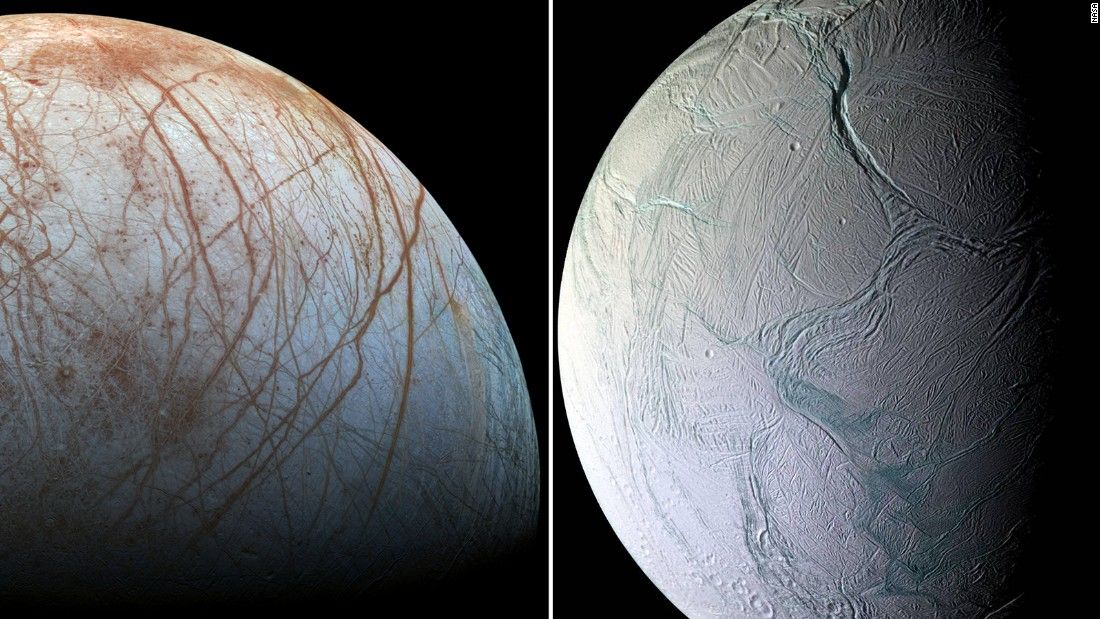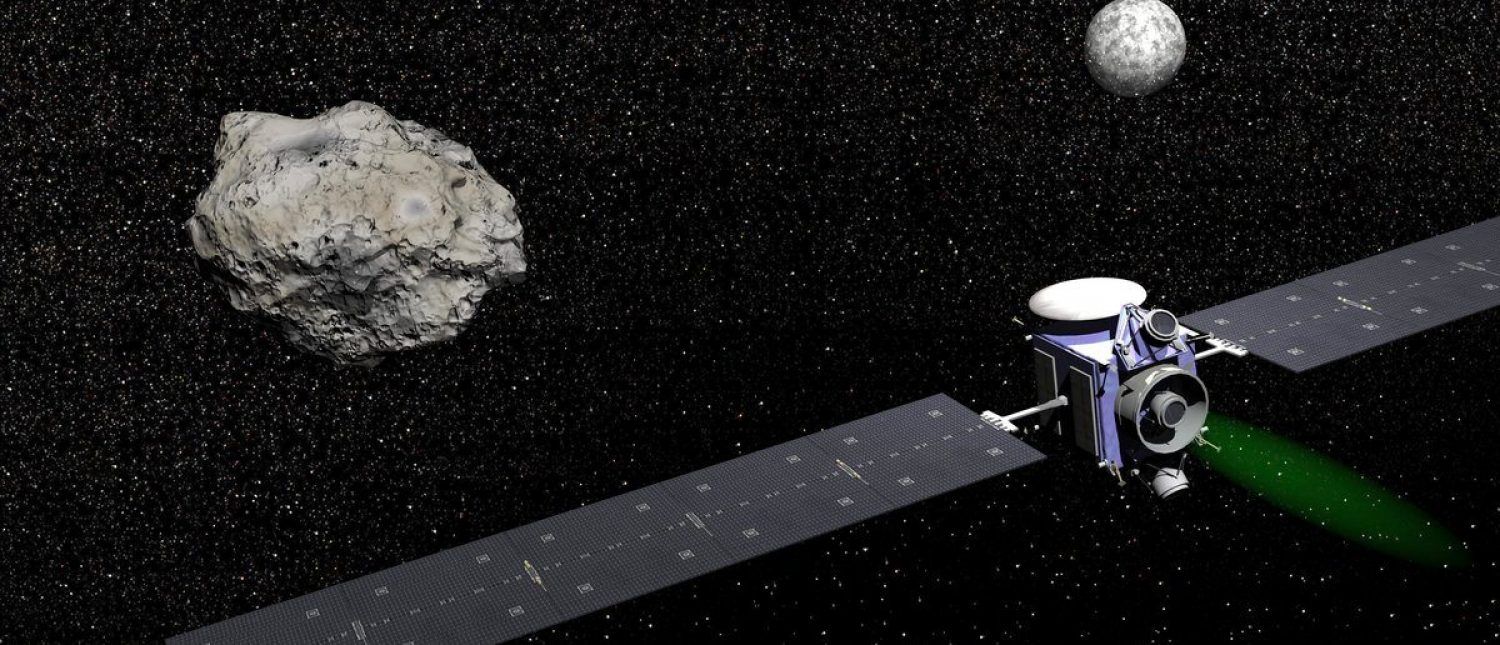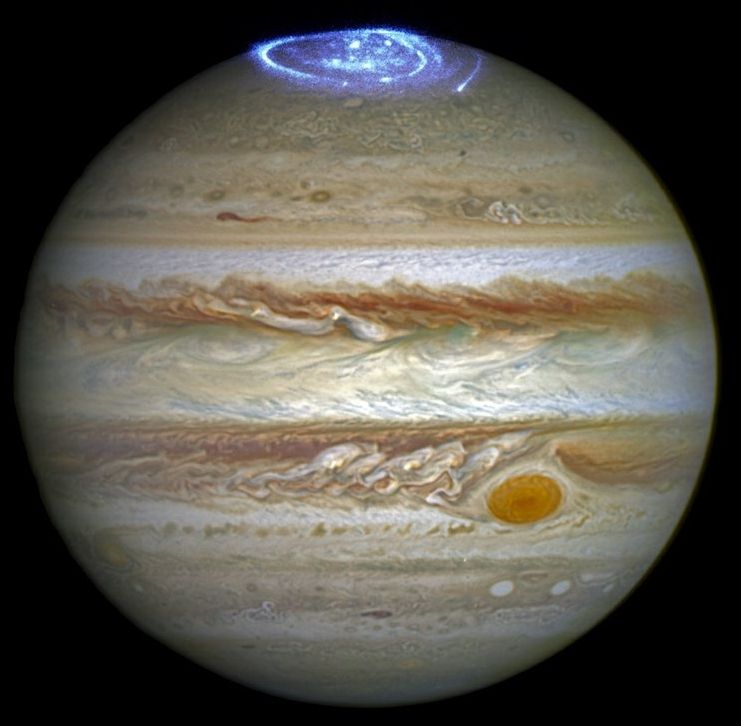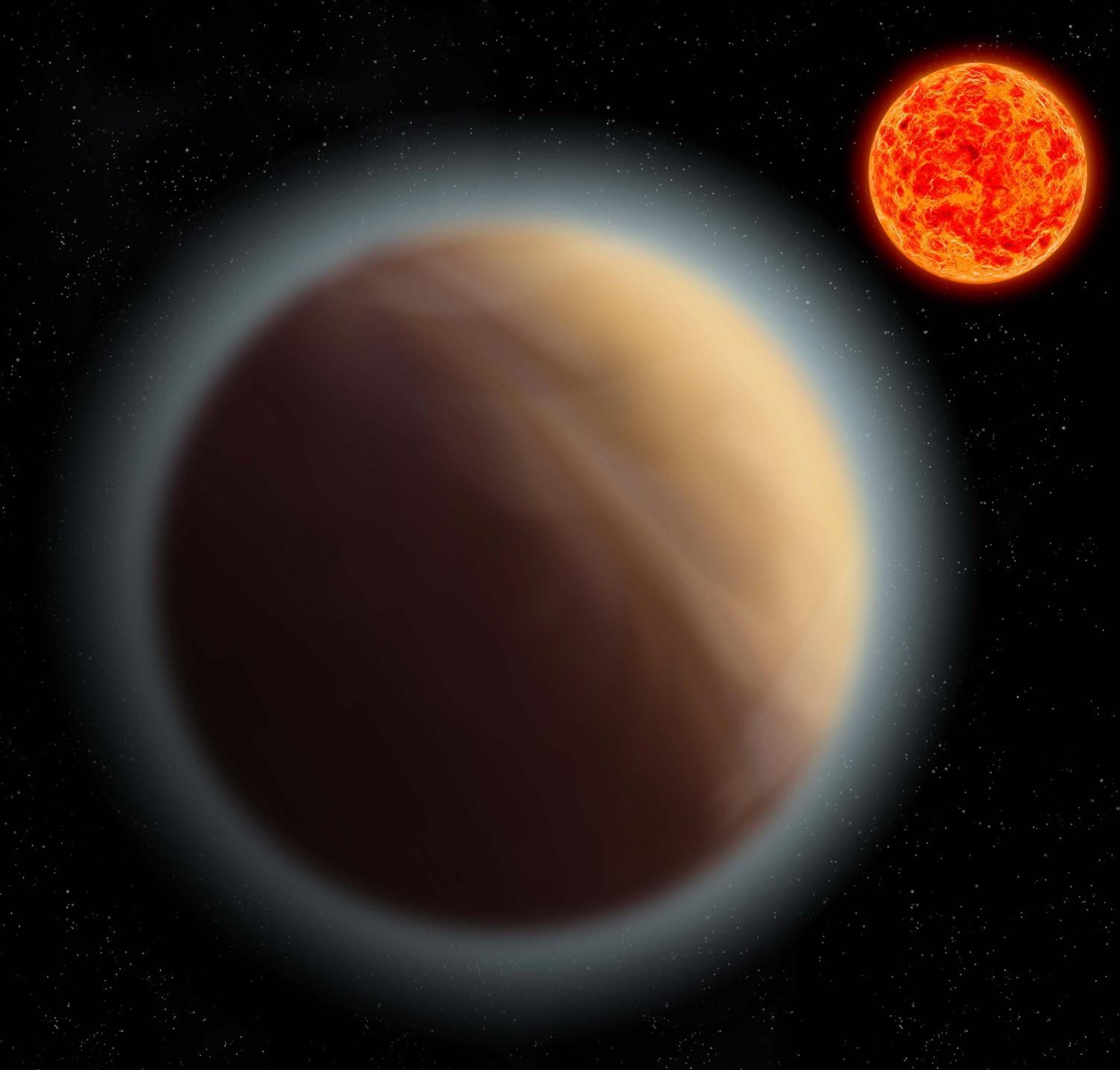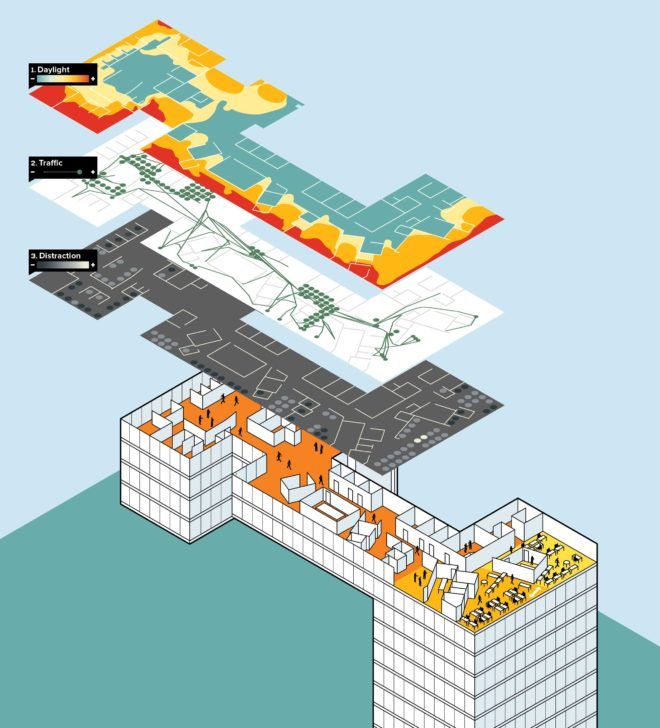Architecture has evolved and has become much more than just a design realized in concrete and modern building material. It has been transformed to help humanity in achieving all kinds of sustainability.
The eVolo Magazine for Architecture has been organizing another round of Skyscraper Competition in 2017 to honor those visionaries that try to realize a future that benefits humanity and the one Earth we all need to cherish and sustain.
A team from Spain with aspiring architects Arturo Emilio Garrido Ontiveros, Andrés Pastrana Bonillo, Judit Pinach Martí and Alex Tintea is thinking of a hybrid solution, that ensures Humanity’s survival in the early days of Mars’ colonization. The skyscraper design is both clever and beautiful, combining existing technologies with many practical ideas to open up and terraform more red soil as we understand the planet. It’s a genesis of Mars and a revival of form following function.

